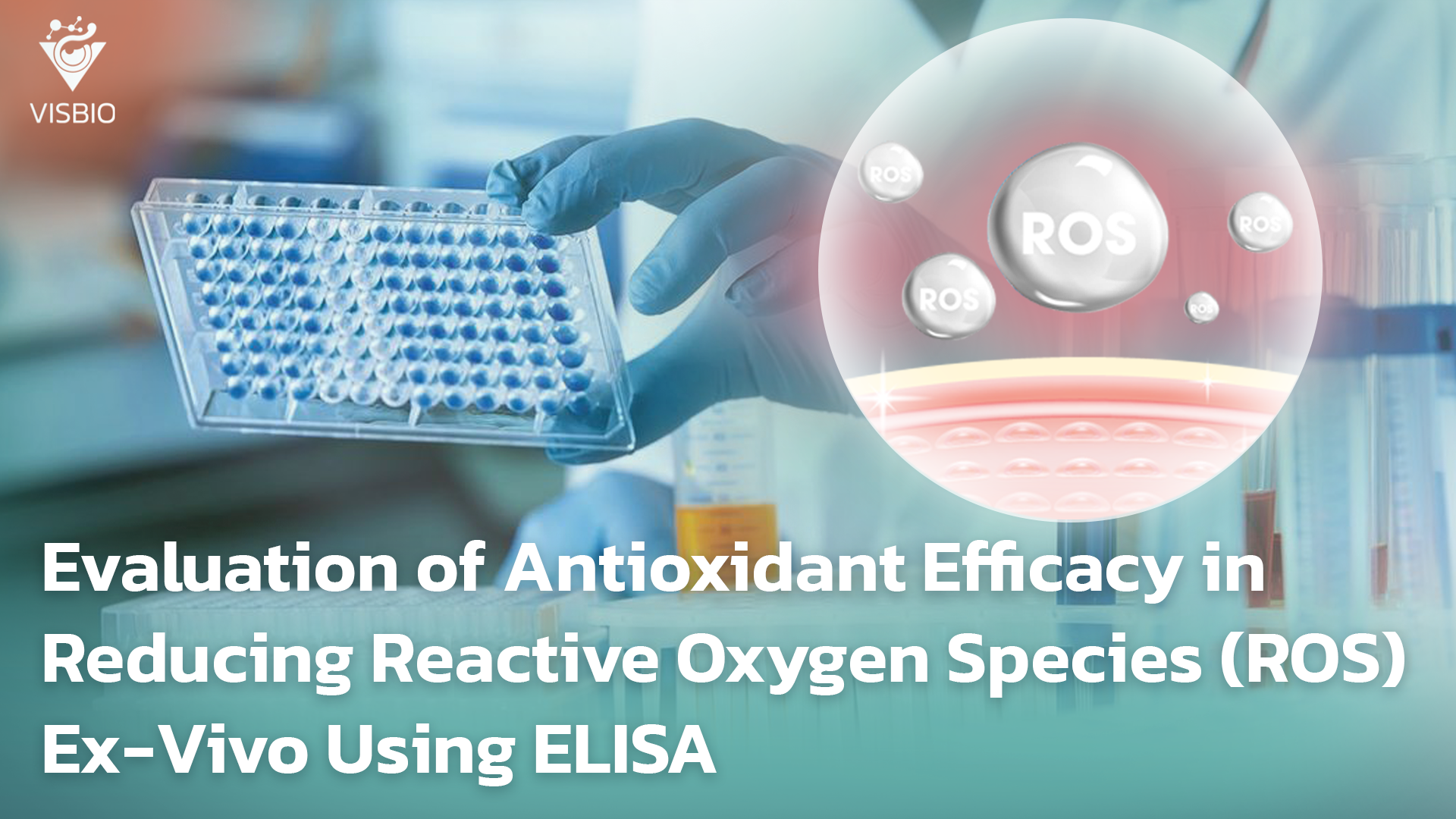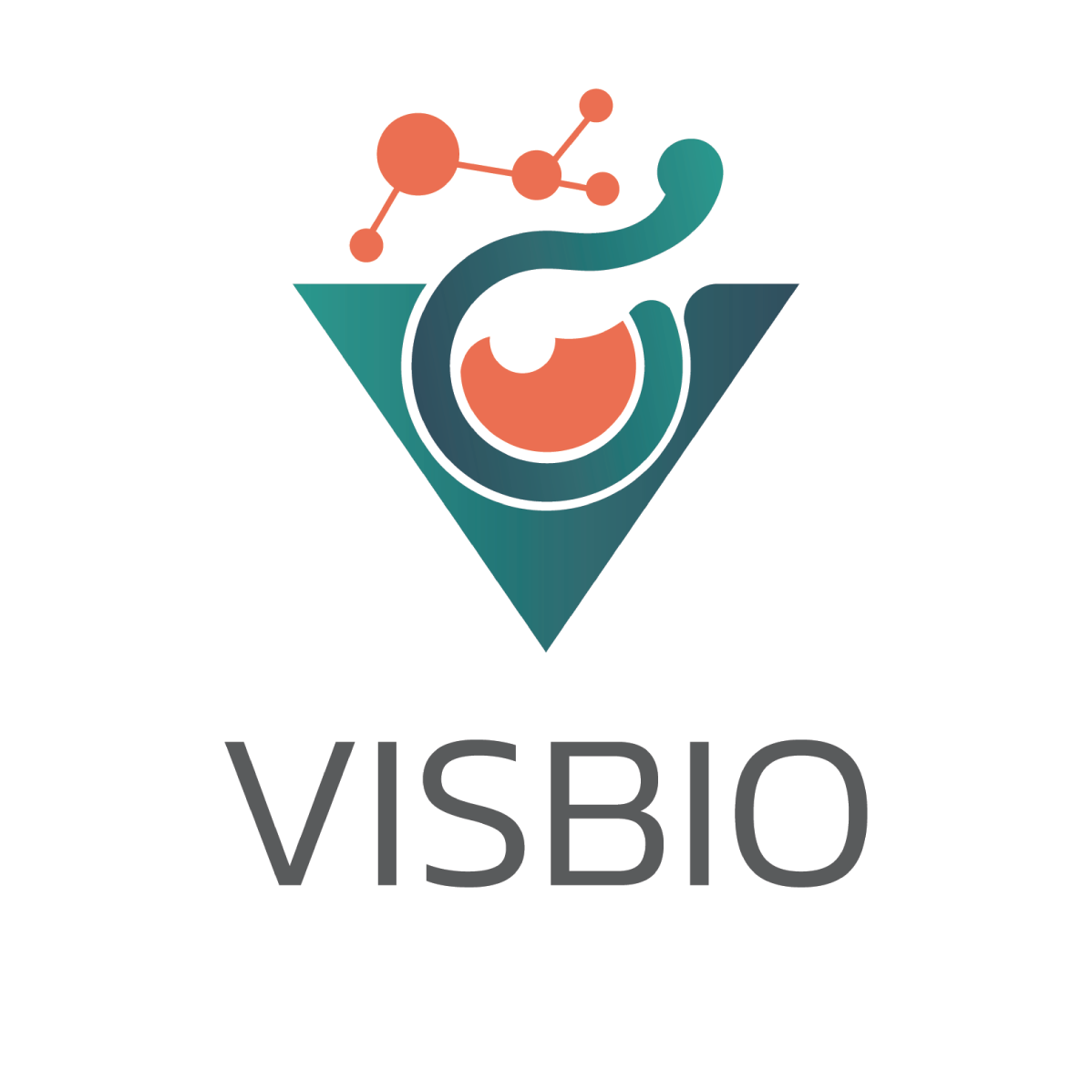
Evaluation of Antioxidant Efficacy in Reducing Reactive Oxygen Species (ROS) Ex-Vivo Using ELISA
A pivotal aspect of establishing a competitive advantage in the highly competitive skincare product market lies in the introduction of products distinguished by genuine efficacy. A key factor of significance for consumers is the capacity to protect the skin from oxidative stress, primarily induced by free radicals or reactive oxygen species (ROS). Consequently, the quantification and demonstration of the antioxidant effectiveness within your products represent a fundamental element for sustained success.
The human skin, the largest organ, serves as the body’s primary barrier against the external environment. Nevertheless, the skin is exposed to numerous detrimental factors that can elicit damage. A critical mechanism implicated in cutaneous damage is oxidative stress, resulting from an imbalance between the production of free radicals or reactive oxygen species (ROS) and the body’s inherent antioxidant defense capabilities.
Reactive Oxygen Species (ROS)
Reactive oxygen species (ROS) constitute a group of molecules and free radicals generated through cellular oxygen metabolism. ROS are oxygen metabolites that have undergone partial reduction and exhibit high oxidative potential. At low concentrations, ROS function as significant signaling molecules, whereas elevated concentrations induce damage to skin cells. ROS play a crucial role in inflammatory processes and skin aging. The skin, as the body’s extensive protective organ, is continuously exposed to both intrinsic and extrinsic stressors that generate ROS. The condition termed “oxidative stress” arises when the body’s antioxidant system is unable to neutralize excessive ROS, leading to skin cell deterioration, inflammation, and potentially skin cancer.
Effects of ROS on the Skin
Excessive ROS directly damage essential biomolecules (lipids, proteins, DNA) and modulate cellular signaling pathways, resulting in skin cell degradation, inflammation (e.g., psoriasis, dermatitis), carcinogenesis, and accelerated skin aging (intrinsic aging and extrinsic aging/photoaging).
- Inflammation: ROS function as critical signaling molecules in the progression of inflammatory processes. Oxidative stress generated by PMNs promotes the migration of inflammatory cells. ROS can activate transcription factors such as NF-κB, which upregulate the expression of pro-inflammatory cytokines (e.g., IL-1, IL-6, IL-8, TNF-α), contributing to “inflammaging” or chronic low-grade inflammation associated with aging.
- Skin Aging:
- Intrinsic Aging or Chronological Aging: ROS produced through cellular metabolism and mitochondrial dysfunction contribute to the development of fine lines, wrinkles, loss of elasticity, rough skin texture, pallor, thinning, dryness, and diminished regenerative capacity.
- Extrinsic Aging or Photoaging: Primarily caused by UV-induced ROS, exacerbating these signs, leading to more pronounced wrinkles, uneven skin tone, and solar elastosis. UV radiation is the primary cause of facial aging in over 80% of cases.
- Damage to the extracellular matrix (ECM) by ROS-activated MMPs is a primary factor driving visible signs of aging, such as wrinkles and loss of elasticity. Consequently, the inhibition of MMPs (both directly and indirectly through ROS reduction) represents a significant target for anti-aging products, underscoring the concept of “inflammaging.”
Measuring Antioxidant Efficacy: The Role of ELISA in Quantifying ROS Reduction
The evaluation of antioxidant efficacy in ex-vivo skin models relies on the quantification of various biomarkers that reflect oxidative stress and associated damage. ELISA is a commonly employed technique for measuring ROS levels. ROS can activate inflammatory pathways, leading to the secretion of pro-inflammatory cytokines. A reduction in these cytokines following treatment with antioxidants can indirectly indicate a decrease in ROS.
The human skin ex-vivo model constitutes an invaluable tool in dermatological research, particularly for assessing the antioxidant properties of active compounds or products. This is attributed to its close approximation of natural human skin physiology, while preserving the complexity of skin structure. Furthermore, the utilization of human skin ex-vivo models circumvents ethical concerns associated with animal testing. It is well-established that animal skin can exhibit significant differences from human skin in terms of microanatomy and physiology.
The capacity to apply test substances to the ex-vivo model enables a precise evaluation of compound penetration and the induction or inhibition of specific biological responses within the human tissue matrix. Notably, alterations in the levels of reactive oxygen species (ROS), pivotal molecules implicated in oxidative stress and skin cell damage, can be quantified using highly specific and accurate ELISA techniques. The measurement of ROS in this ex-vivo model, closely mimicking clinical application scenarios, allows for a reliable assessment of the efficacy of substances aimed at ROS reduction.
Evaluation of Antioxidant Efficacy in Reducing Reactive Oxygen Species (ROS) in Ex-Vivo Models using Methods Related to ELISA: Suitable Examples
Reactive Oxygen Species (ROS), or free radicals, can damage essential components of skin cells such as DNA, proteins, and lipids, leading to oxidative stress. Oxidative stress is one of the causes of skin aging, inflammation, and cellular damage. The use of antioxidants is therefore an important mechanism for protecting the skin from the harmful effects of ROS.
Examples of suitable products, active ingredients, and topical medicines for this testing include:
1.Products:
- Sunscreen products with added antioxidants: To enhance skin protection from UV-induced ROS.
- Antioxidant serums or creams: Focusing on protecting cells from oxidative stress and reducing signs of aging caused by ROS.
- Products for skin exposed to pollution: Helps reduce damage from free radicals generated by pollution.
- Products for skin recovery after procedures.
2.Active Ingredients:
- Antioxidant vitamins: Such as stable forms of Vitamin C, Vitamin E, Vitamin A derivatives (some also have antioxidant activity).
- Polyphenols and flavonoids from plants: Extracts from tropical fruits (e.g., pomegranate, various berries), green tea, mangosteen peel extract, which have high antioxidant properties.
- Synthetic compounds with antioxidant structures: Such as Ferulic Acid, Astaxanthin.
3.Topical Medicine
Literature:
- Mittal, M., Siddiqui, M. R., Tran, K., Reddy, S. P., & Malik, A. B. (2014). Reactive Oxygen Species in Inflammation and Tissue Injury. Antioxidants & Redox Signaling, 20(7), 1126-1167.
- Liu, H.-M., Cheng, M.-Y., Xun, M.-H., Zhao, Z.-W., Zhang, Y., Tang, W., Cheng, J., Ni, J., & Wang, W. (2023). Possible Mechanisms of Oxidative Stress-Induced Skin Cellular Senescence, Inflammation, and Cancer and the Therapeutic Potential of Plant Polyphenols. International Journal of Molecular Sciences, 24(4), 3755.
- Papaccio, F., d’Arino, A., Caputo, S., & Bellei, B. (2022). Focus on the Contribution of Oxidative Stress in Skin Aging. Antioxidants, 11(6), 1121.
- Rinnerthaler, M., Bischof, J., Streubel, M. K., Trost, A., & Richter, K. (2015). Oxidative Stress in Aging Human Skin. Biomolecules, 5(2), 545-589.
- Hussen, N. H. a., Abdulla, S. K., Ali, N. M., Ahmed, V. A., Hasan, A. H., & Qadir, E. E. (2025). Role of antioxidants in skin aging and the molecular mechanism of ROS: A comprehensive review. Aspects of Molecular Medicine, 5, 100063.

